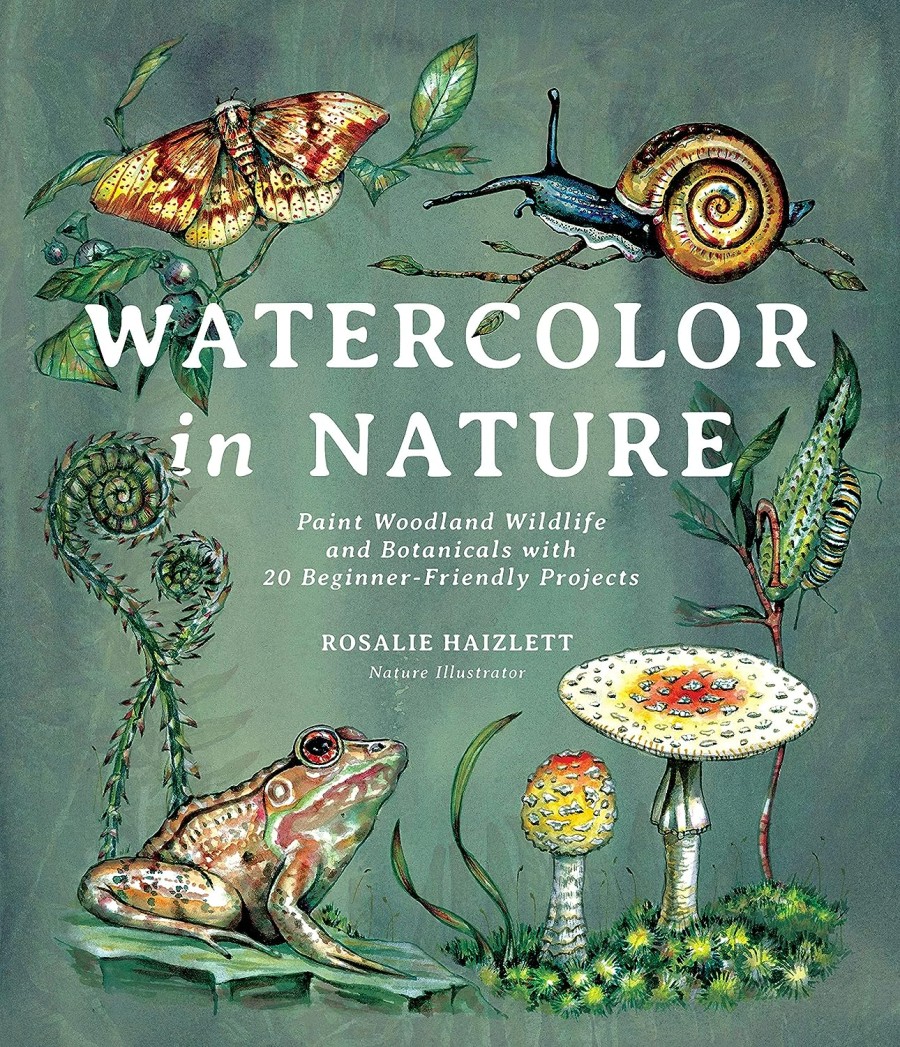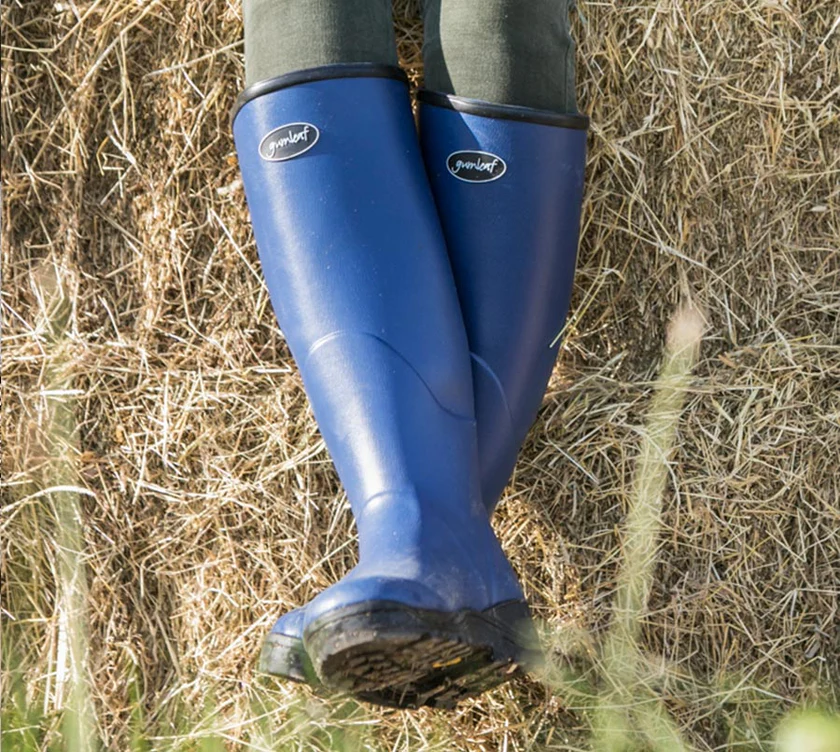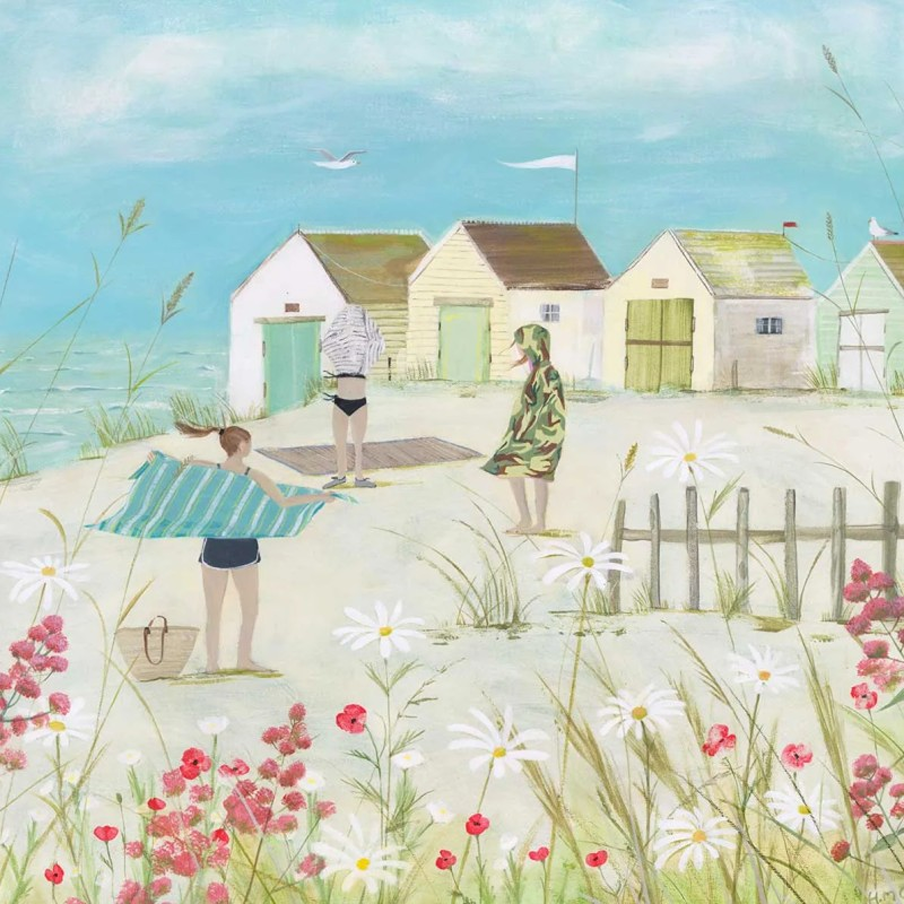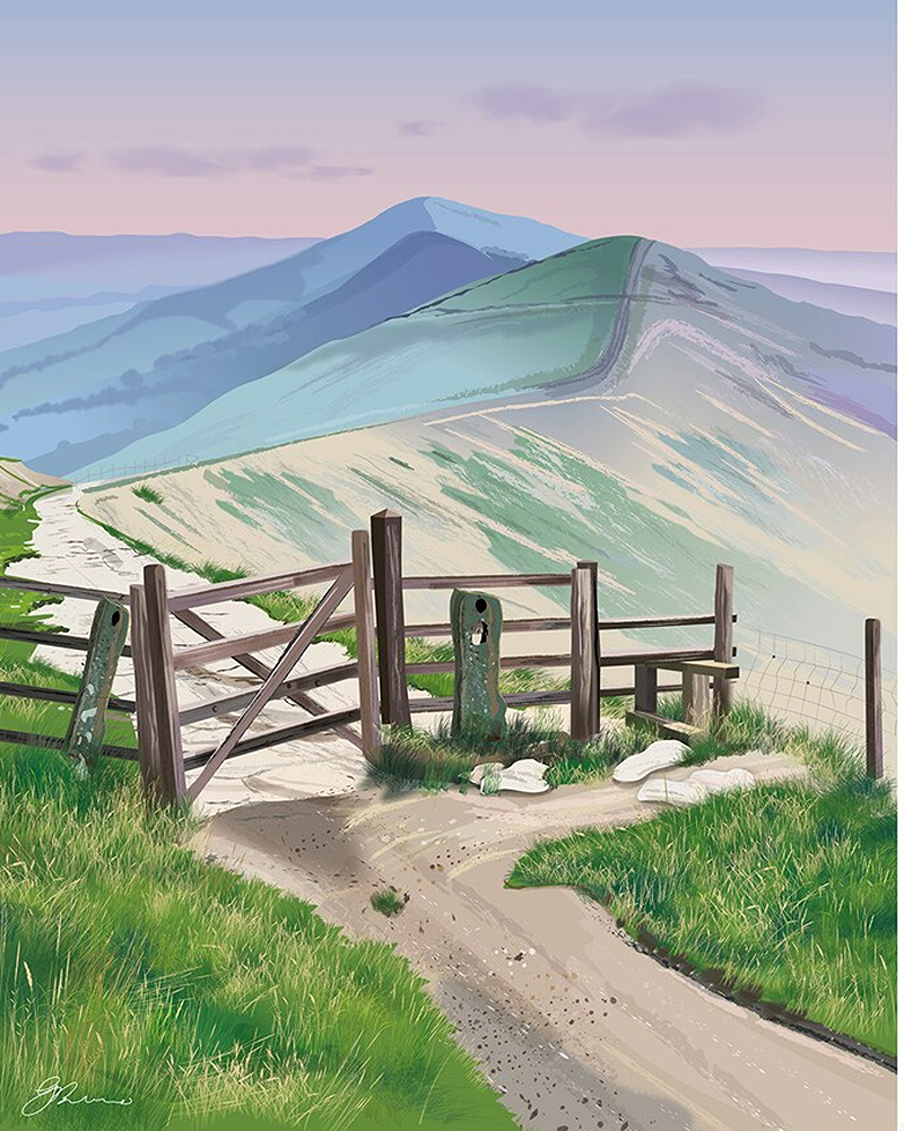
England has 10 national parks, all looked after by various authorities. There are actually 9 parks to be precise and the Broads Authority which covers both the Norfolk and Suffolk Broads. All are overseen with a clear focus on nature recovery (including rewilding in some areas), sustainable land management, climate leadership and being accessible to everyone. So let’s discover England’s national parks. Always follow the Countryside Code to keep dogs and livestock safe.
The Broads (Suffolk & Norfolk)
The Broads are manmade (hundreds of years ago by filling old peat pits with water) and now is home to around 25% of all England’s rarest wildlife, enjoying life alongside pretty windmills and ancient monasteries. It also has over 200km of waterways that are popular for people on boating holidays and is now England’s largest protected wetland and the third largest inland waterway. Also home to many rare plants, Norwich remains the only city in England with a national park (River Wensum flows through it). Home to many rare plants (including milk parsley), you’ll also spot rare birds (crane, bittern, marsh harrier), Norfolk hawker dragonflies, swallowtail butterflies and the fen raft spider. The Broads also have traditional sailing wherries (canal boats).
Dartmoor (Devon)
Full of wide open moors and deep valleys, Dartmoor is one of England’s smallest national parks, known for its wild ponies. Created from granite over 300 million years old, this is full of hay meadows created by letting grass grow into late summer, which supports wildflowers like black knapweed, ox-eye daisy and self-heal yellow-rattle plus many rare orchids. We’ve lost 95% of our flower meadows in the last 80 years or so, and so it’s vital to protect those left which provide havens for pollinating insects like bees and butterflies. Hay meadows are also adored by rare cirl bunting birds and voles. The largest uplands are a ‘temperate rainforest’ and home to rare barbastelle bats who you won’t see, as they are shy!
A bit strange (like putting Parkhurst on Isle of Wight), the powers-that-be have plonked a prison on Dartmoor. The first prisoners in the early 1800s were Americans and French men and overcrowding led to thousands dying from smallpox, thyphoid and pneumonia, so it had to close before reopening in 1850. The first inmates arrived from convict prison ships (often invalids, believed to be sent here to get well from the fresh air). Today it’s a pretty modern building with a focus on rehabilitation and is owned by the Duchy of Cornwall. Since the death of his grandmother, protestors have asked Prince William (who controls one third of Dartmoor) to increase the ‘small potatoes’ plans to rewild parts of the area. There are plans soon to close this category C (low security) prison soon, after 96 inmates in 2023 had to be evacuated due to radon gas found in decaying walls from uranium.
Exmoor (Devon)
Exmoor is also one of England’s smallest national parks, and again known for its wild ponies. It has minimal light pollution, and you can see thousands of stars and the Milky Way with the naked eye. This park is not just home to wild red deer and high moors and tumbling streams, but parts of it even feature towering sea cliffs.
Lake District (Cumbria)
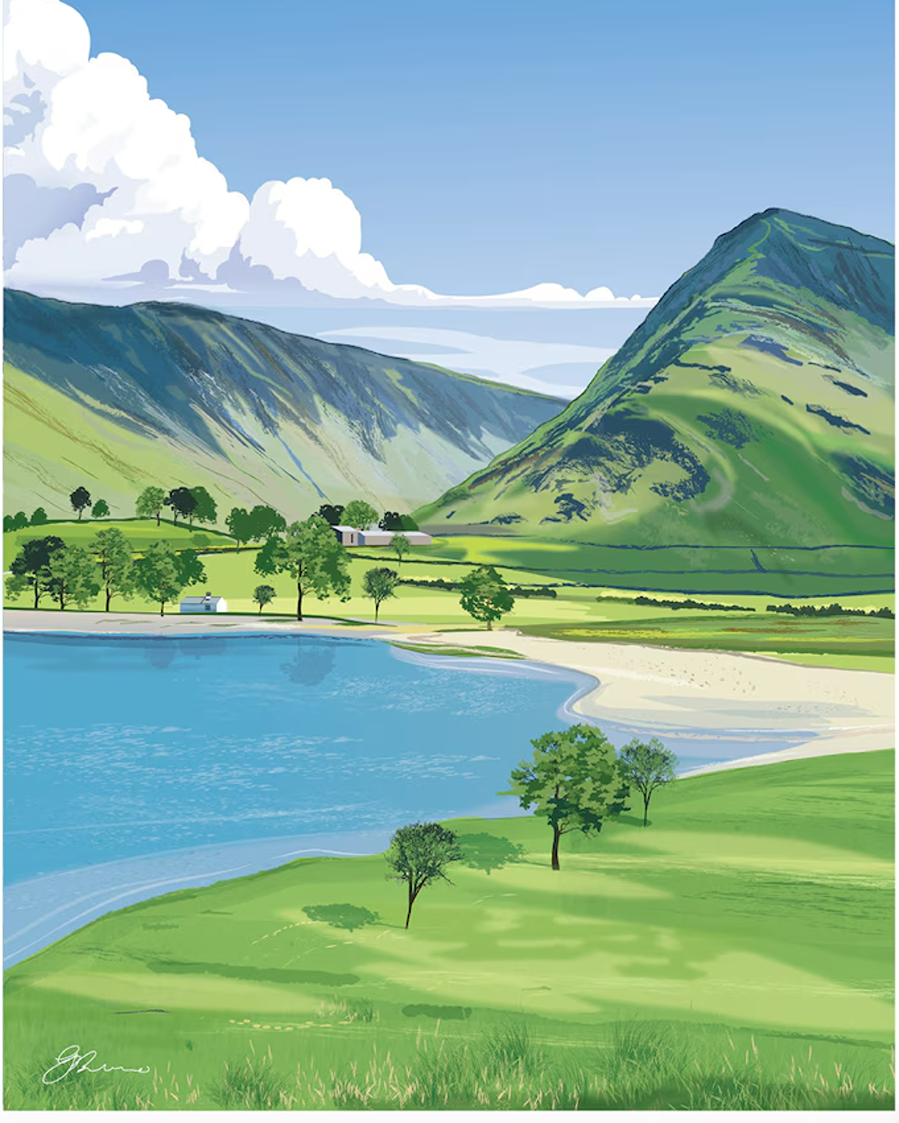
The Lake District is England’s largest national park, situated in Cumbria (near the Scottish border) and home to all of England’s highest mountains and England’s biggest body of water (Lake Windermere, which confusingly is not a lake). This gets more rain than anywhere (so bring your rubber wellies) although the spectacular scenery is worth it. The village of Arnside & Silverdale (a few miles south) is one of England’s Areas of Outstanding Beauty. And in a county with 6 times more sheep than people, learn how to right an overturned sheep or it will die (hold it upright until rain has drained off, to prevent reoccurence).
The area suffers from summer tourism, but you can go off the beaten track to more peaceful lakes: Buttermere, Crummock, Loweswater and Bassenthwaite. Lake Windermere has been in the news recently, with protests against the local water company paying millions in dividends to shareholders, while pumping raw sewage into the water. And councils have rapped tourists on the knuckles for dropping litter and over-feeding swans (they can easily find food underwater – some are now so tame they go up to dogs, and waddle up the road to the supermarket to look for ‘easy pickings’).
Nearby is Carnforth Station, the setting for the beautiful film Brief Encounter (the bridge the couple cross is in the village of Langdale). The seaside village of St Bees marks the beginning of Wainwright’s coast-to-coast walk (which ends when you paddle your toes in the East Yorkshire’s Robin Hood’s Bay). And alongside Rutland, the Lake District is a place to spot ospreys (fish-eating birds of prey). Read Wild Fell on how volunteers rewilded the area, after England’s last golden eagle died alone on the Eastern Fells, a sad day for conservationists.
New Forest (Hampshire)
The New Forest is a unique blend of ancient woodlands, wetlands and bogs, and home to a lot of rare plants and wildlife. It’s mostly known for allowing cattle, deer and New Forest ponies to roam free, with most areas car-free. with 140 miles of walking land to be enjoyed. The ‘capital’ of the New Forest is a lovely town called Lymington, where you can take a ferry to Isle of Wight (to Yarmouth). For dog walks, steer clear of areas rich in bluebells and mushrooms, as both are toxic.
New Forest ponies are semi-feral so never touch or feed them – they have plenty of natural food and could bite or kick if disturbed. ‘Verderers’ are employed to watch over ponies and attend incidents. Animals have right of way on New Forest roads. So if driving nearby, carry an animal emergency card as it’s a legal requirement to report accidents. Read more on making roads safer for wildlife.
There are around 5000 wild New Forest ponies, who have been here 2000 years. Grazing helps protect rare species like chamomile, and dates back to when commoners were allowed to graze land in return for adhering to strict laws. Southern damselflies even lay their eggs in the water-filled hoofprints of ponies and cattle! Ponies are rounded up each year in staggered ‘drifts’ to check health and help wean foals.
Northumberland
This entire county is a national park, and best known for being home to wide sandy beaches overlooked by stunning castles, and being ‘king of the night sky’ with less light pollution than anywhere. With England’s lowest population, it borders Scotland (Berwick-upon-Tweed has changed hands many times, and even has its own tartan).
Inland, pine forests means there are more red squirrels here. Proof that their being endangered is not ‘due to grey squirrels’ but more that other areas are not providing native homes (red squirrels are more Scandinavian and need specific trees and areas to thrive). Read how to help both red and grey squirrels.
North York Moors
The North York Moors offers one of the largest areas of heather moorland in England, situated in the uplands of northeast Yorkshire. A national park since 1952, it covers around 44,000 hectares. It’s also the most wooded of all England’s national parks.
Peak District
The Peak District has been a national park since 1951, so is England’s oldest one. Famed for its steel limestone valleys and White Peak, here you’ll find gritstone ridges and moorland, very near the Pennines. It’s also very accessible, with around 20 million people living within an hour’s journey.
South Downs
The South Downs is England’s newest national park, which stretches from Eastbourne in East Sussex through West Sussex all the way to Winchester (the previous capital of England) in Hampshire. Famed for its chalk hills (and the ‘Old Man of Wilmington’ chalk carving), it is the most populated of all the national parks – over 100,000 people live within it, and 2 million people live nearby on the boundaries.
Yorkshire Dales

The Yorkshire Dales is an another upland area, named after the Danish word ‘dale’ for river valley. It was created in 1954 and also crosses over into Cumbria. It grows a unique moss (nowhere else in the world) and is also home to the brown long-eared bat (his ears are almost as long as his head and body!)

